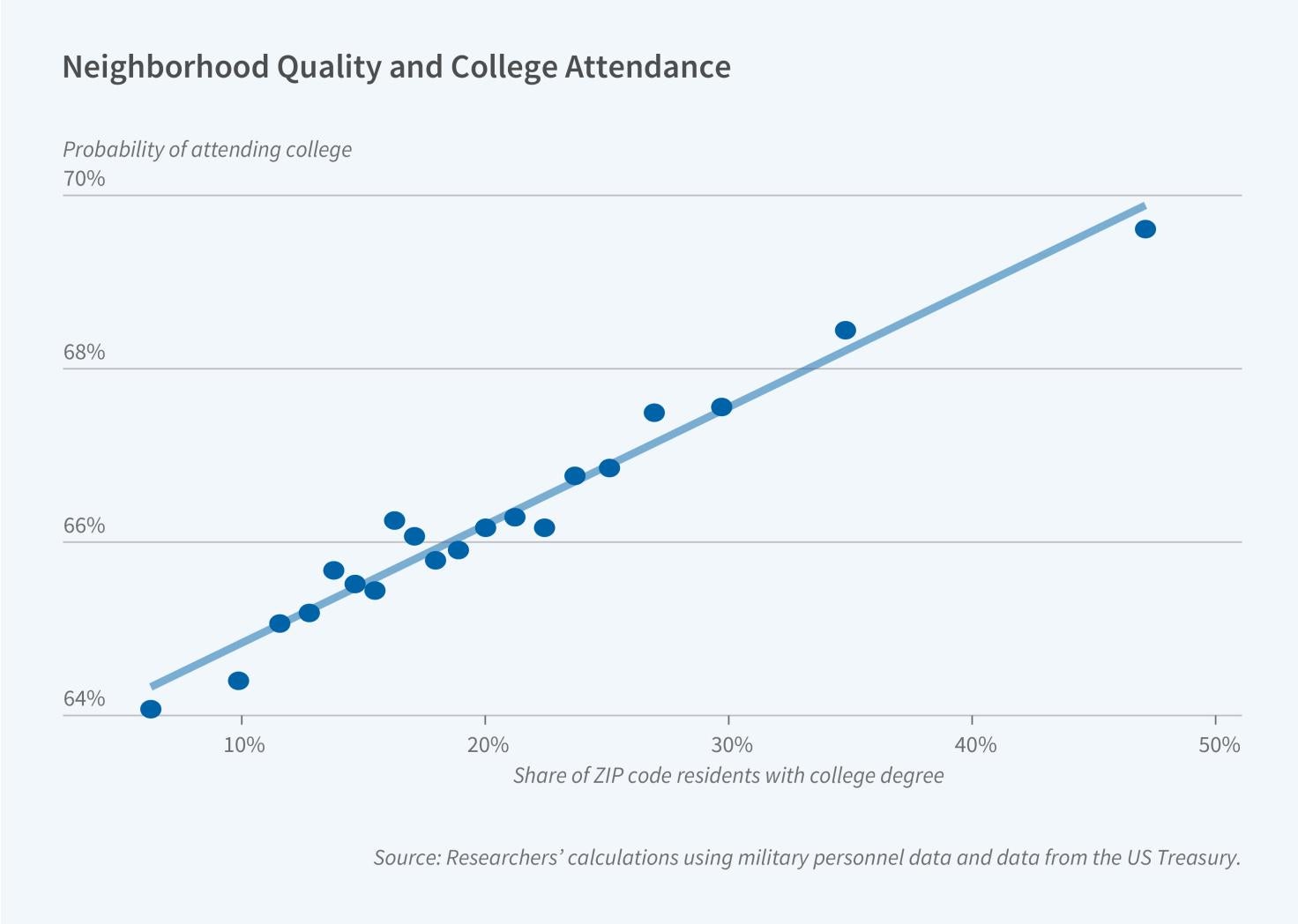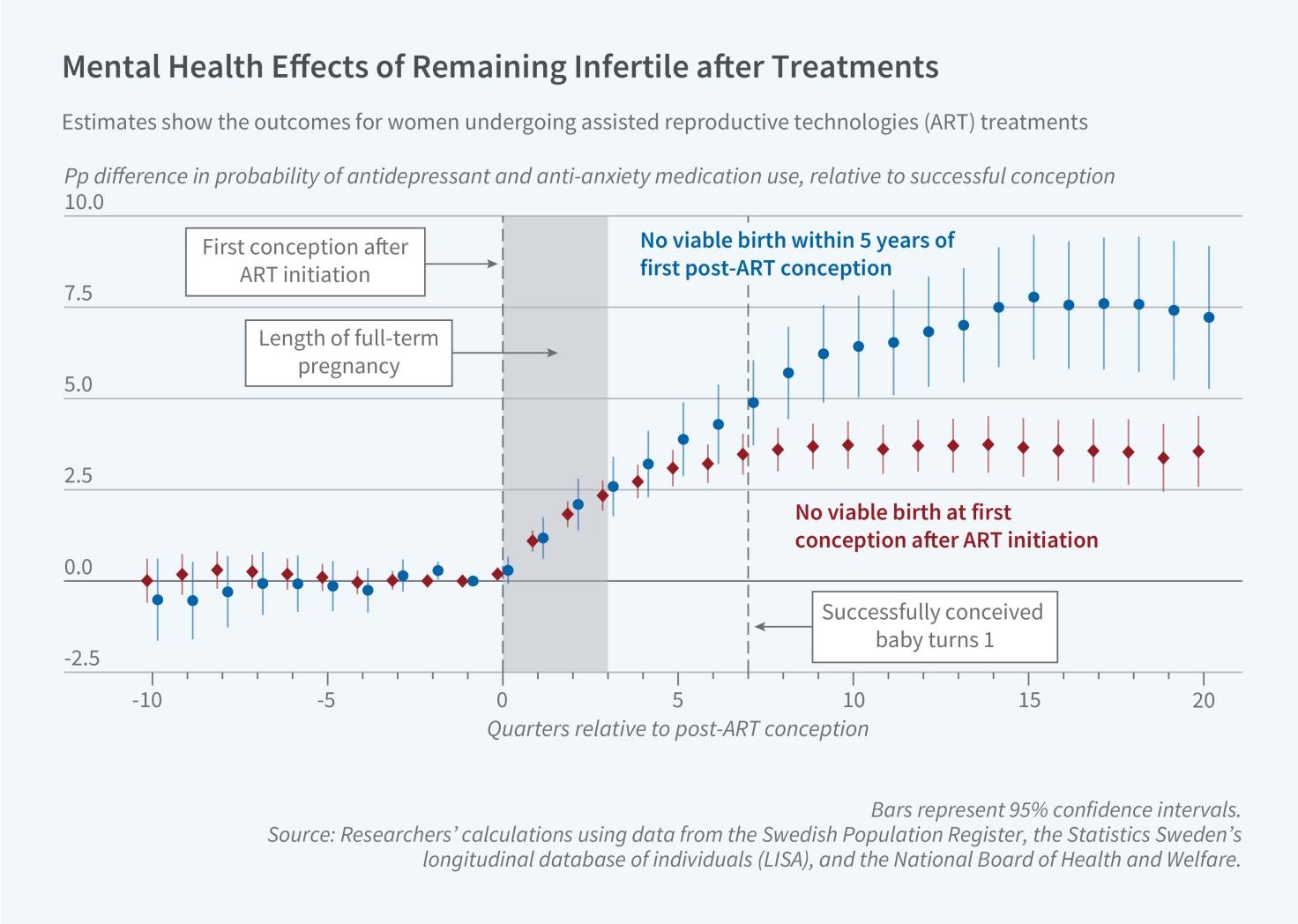National Bureau of Economic Research
Latest from the NBER
From the NBER Bulletin on Retirement and Disability

Inflation’s Impact on Social Security Disability Program Beneficiaries
article
Social Security Disability (SSD) program beneficiaries, like other consumers, have been negatively affected by inflation over the past several years. In a survey from June of 2023, more than half (59 percent) of SSD program beneficiaries reported higher prices for the disability-related goods and services they need to purchase, and more than one-quarter reported reducing food spending to cover disability-related costs, Zachary Morris and Stephanie Rennane found in Examining the Impact of Inflation on the Economic Security of Disability Program Beneficiaries (NBER RDRC Paper NB23-08).
Using new survey data, the researchers found that 82 percent of beneficiaries reported out-of-pocket expenses related to their disability, with average annual spending of $4,412 and median spending...
A research summary from the monthly NBER Digest

Neighborhood Quality and Children’s Outcomes: Insights from Military Families
article
The United States Army Human Resources Command annually assigns hundreds of thousands of soldiers to global positions based on military needs, prioritizing these over individual preferences. Assignments are determined by a soldier’s primary military occupational specialty and rank. Service members of the same specialty and rank are considered interchangeable, which results in essentially random assignments within these categories.
In On the Determinants of Young Adult Outcomes: Impacts of Randomly Assigned Neighborhoods for Children in Military Families (NBER Working Paper 32674), Laura Kawano, Bruce Sacerdote, William L. Skimmyhorn, and Michael Stevens exploit this quasi-random assignment to examine the impact of the neighborhood children live in on their future...
From the NBER Reporter: Research, program, and conference summaries

Lessons for Economists from the Pandemic
article
It is an honor to be here today; I owe my love of economics to the Bureau as well as my many friends and colleagues. Marty [Martin] Feldstein was one of the people who made it such a special place. I enjoyed seeing him around the Bureau, learning public finance from him, and briefly serving as his research assistant. I’d sit in his office, in awe of his incredible intellect and economic insights, and be completely distracted by the hilarious cartoons he had framed in his office. My favorite was the one in which Marty is depicted rowing in the wrong direction in a skiff while President Reagan yells “Feldstein!” They all reflected his steadfast willingness to speak his mind, to “speak truth to power,” even to the president of the United States...
From the NBER Bulletin on Entrepreneurship

“Third Places” Boost Local Economic Activity
article
Sociologists have argued that “third places” like cafés, which provide opportunities for individuals to socialize and exchange ideas outside of home and work, improve neighborhood life. But what about the relationship between such places and economic activity? In Third Places and Neighborhood Entrepreneurship: Evidence from Starbucks Cafés (NBER Working Paper 32604), researchers Jinkyong Choi, Jorge Guzman, and Mario L. Small use data on US business registrations between 1990 and 2022 from the Startup Cartography Project to examine whether the opening of a Starbucks in a neighborhood with no previous cafés affects local entrepreneurship...
From the NBER Bulletin on Health

Effects of Insurance Coverage on Infertility Treatments, Childbearing, and Wellbeing
article
Between 1995 and 2010, the share of births in Sweden that involved assisted reproductive technologies (ART) rose from 2 to 10 percent. These treatments range from low-cost drugs to costly and invasive interventions, such as in vitro fertilization (IVF).
In The Economics of Infertility: Evidence from Reproductive Medicine (NBER Working Paper 32445), Sarah Bögl, Jasmin Moshfegh, Petra Persson, and Maria Polyakova provide new evidence on the consequences of infertility and the role of insurance coverage in household decisions to initiate treatment. Using administrative, population-wide data for the period 2006–2019, the researchers estimate the use of infertility treatment. They find that over the course of their fertile years...
Featured Working Papers
At calendar age 55, Black men and women have a measure of frailty, defined as the presence of one or more health conditions or limitations, that is the same as that of White men and women 13 and 20 years older, respectively. This is a strong contributor to economic inequality, according to research by Nicolò Russo, Rory McGee, Mariacristina De Nardi, Margherita Borella, and Ross Abram.
The incumbent advantage in state-wide elections in 2020, 2021, and 2022 was larger than usual in states that received more relief funding due to their overrepresentation in Congress, according to a study by Jeffrey Clemens, Julia A. Payson, and Stan Veuger.
Most US corporate and municipal green bond proceeds are used for refinancing ordinary debt, continuing ongoing projects, or initiating projects without novel green aspects for the issuer. Only 2 percent are used to initiate projects with green features beyond the issuer’s standard practice, Pauline Lam and Jeffrey Wurgler find.
A survey conducted by Joao Guerreiro, Jonathon Hazell, Chen Lian, and Christina Patterson shows that workers are willing to sacrifice 1.75 percent of their wages to avoid having to engage in conflict with employers to secure inflation-offsetting wage increases.
Analyzing World Bank debt data covering 146 countries and 53 years, Sebastian Horn, David Mihalyi, Philipp Nickol, and César Sosa-Padilla conclude that debt statistics are systematically underreported, that hidden debt accumulates in boom years and tends to be revealed in bad, and that higher hidden debt is associated with larger creditor losses in restructurings.
In the News
Recent citations of NBER research in the media
_______________________________________
Research Projects
Conferences
Books & Chapters
Through a partnership with the University of Chicago Press, the NBER publishes the proceedings of four annual conferences as well as other research studies associated with NBER-based research projects.
Videos
Recordings of presentations, keynote addresses, and panel discussions at NBER conferences are available on the Videos page.